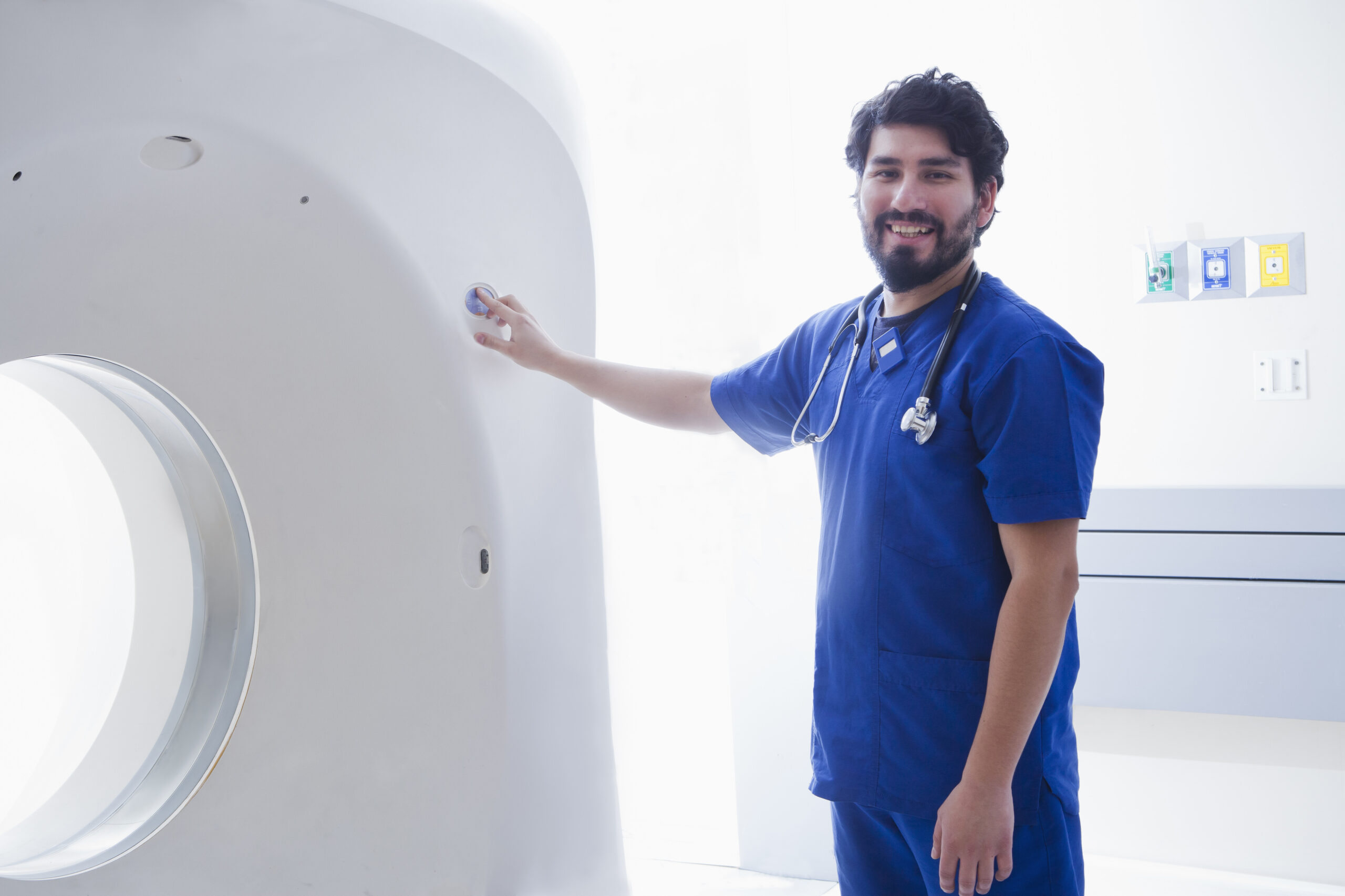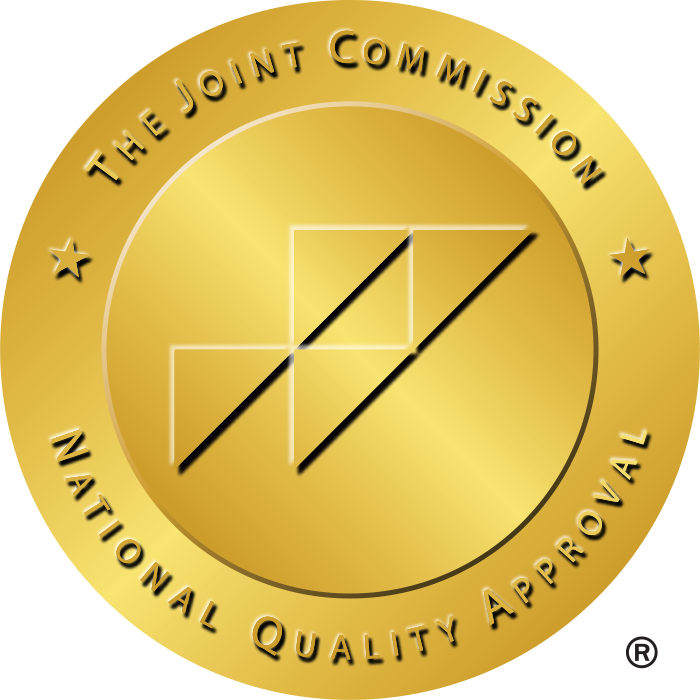The Ultimate Travel Nurse Jobs Survival Kit: Essentials for Every Assignment
If you are considering travel nursing jobs as an exciting opportunity, you must know everything about it. Finding travel nurse jobs is not about just placements and adventure. You have to understand the full course of it, and that includes packing your survival kit. However, packing your very first travel nurse survival kit might make you a little nervous and overwhelmed about what to pack. But worry not, we have got you!
Most travel jobs are short-term, typically 13 weeks long. However, they can range from 8 to 26 weeks, depending on your contract. Hence, packing for your travel nursing job means packing essentials that you may be using for a few months. This is why you may need to pack a few more things than you may pack for your weekend road trips. However, don’t overpack; after all, this is temporary, and soon you’ll be heading to a new location for your next travel nursing job.
Travel jobs give you much freedom and flexibility. However, this experience depends on how well you’re prepared by packing the right essentials. This becomes even more crucial for aspiring travel nurses who are just exploring how to become a travel nurse. But if you are well-prepared with your survival kit, this can be exciting and stress-free.
So, let’s help you pack your survival kit for your next travel nursing job!

10 Must-Haves for Travel Nurse Jobs
Before you jump straight to packing for your travel nurse job, you need to consider a few things. This is because unplanned packing will lead to being unprepared for your job. Planning ahead will help you realize what you actually need and what you can skip.
The very first thing you need to do is communicate with your travel nursing agency to find out what they will provide. For instance, many travel nurse jobs come with their own housing, probably near the facility. However, some travel jobs offer stipends instead. So, you need to figure out what things will be available based on your residential arrangements. Check if your living space has basic appliances or not. It will really reduce your load on moving everything.
The next thing is some research. Explore the location online to find out what kind of weather you’ll get and what type of location it is. This will help you figure out what type of gear you need. Do you need winter apparel or sundresses?
And finally, you need to consider how you are traveling. If it’s a nearby location, you can go by car and fit everything you need in the trunk or backseat. You can come back later if you need anything. However, if it’s across the state, you may need to take a flight, train, or bus. Then you can only take a few things with you and ship the rest to your location. Most travel nurse jobs reimburse travel expenses. However, make sure to ask your staffing agency, as perks may vary for travel jobs.
Once you figure out what you need to pack and what you can leave, packing will be much easier. Here are some must-haves for your travel nurse job:
1. Wearables
Clothes, nurse shoes, scrubs, pajamas, and intimates are really important. However, don’t pack your entire wardrobe; you are only going for a few weeks. So, only take what you need, such as a few casual outfits, scrubs that comply with the facility’s dress code, loungewear, shoes, etc. If you are pregnant, consider packing maternity scrubs.
Nurses are at high risk of developing foot conditions like plantar fasciitis, heel spurs, fallen arches, etc., due to prolonged standing. Hence, pack good quality nurse shoes with compression socks to prevent such discomfort. Some items, such as a jacket, sweater, swimsuit, rain gear, sun hat, etc, depend on your location.
2. Personal Care Items
The next most important thing is your personal care items. You definitely want to take your skincare, makeup, and hygiene products. However, don’t go overboard and pack a ton because you can get these things when you reach your location. Also, if you have chosen fully furnished housing, chances are you’ll get all these things. Hence, just keep a few days’ supply of essentials only just in case, and stock up later.
3. Electronics
Electronics are important for travel nurse jobs. Hence, make sure to pack your laptop, e-reader, tablet, and, of course, phone. You’ll need them for studying for additional certification and communication. Also, don’t forget the chargers for each.
4. Paperwork and Financial Info
Paperwork and financial info are necessary when you are traveling for months. Hence, make sure to bring copies and originals of important documents for work, commuting, and emergencies. Some essential ones are:
- Travel nurse job contract
- Driver’s license
- Car registration papers
- Insurance card
- Birth certificate
- Social Security card
- Nursing license and certifications
- Passport (in case of cross-country detour)
- Credit and debit cards
5. Medications & Prescriptions
In case you are on prescription meds, pack yourself a full supply and prescriptions for refills. Make sure to pack a small first aid kit, a couple of day’s supply of vitamins, and any over-the-counter medicines you use. However, don’t take too much; again, you can get them from any pharmacy. If you get your prescription from a certain place, you can use a local post office to pick up your medications when you travel.
6. Cooking and Kitchen Appliances
Most furnished housing would already have basic kitchen appliances. However, if you use any certain ones, be sure to take them with you, such as your coffee maker, tea kettle, or slow cooker. Your residence most probably has a toaster, microwave, and pots and pans, so you don’t have to worry about that. However, just in case, speak with your travel staffing agency or landlord about what things they will provide or not.
If they are not provided, you can get utensils when you reach there. But if you live on smoothies and takeouts, you probably won’t need them anyway. What you need all comes down to your cooking preferences.
7. Travel Gear
Travel gear depends on your mode of travel. For flying, you may need a neck pillow, foot suspenders, a sleeping mask, and headphones if it’s a long flight. However, if you are traveling in your own car, get a good travel mug, some snacks, and some water and energy drinks to stay hydrated all the way.
8. Comforts From Home
Living on your own, away from friends and family, can make you homesick. Hence, take some things that remind you of home. You can take photos of friends and loved ones, a favorite knick-knack, or scented candles. These will help you fight homesickness and stay comfortable.
9. Bed and Bath Items
Most probably, your staffing agency or the rental company will provide you with bed and bath items. Hence, check with them first. All you need is a couple of bath towels, hand towels, and washcloths. You can also get a comfy throw and a bathrobe.
10. Household Items
You also need basic household items when you are living on your own. Hence, pack basic tools, cleaning supplies, office supplies, and storage boxes. However, these things are available everywhere, so you can get them when you arrive. However, if you already have these items, why pay again?
Conclusion
These items are survival kits for travel nurse jobs. Whether you are an aspiring travel nurse taking on your first travel job or a seasoned one prepping for RN remote jobs, being well-prepared will offer you a smooth, stress-free experience.
Confused what to pack for your next travel job? It all depends on what you need. However, the above list may be a good starting point.







